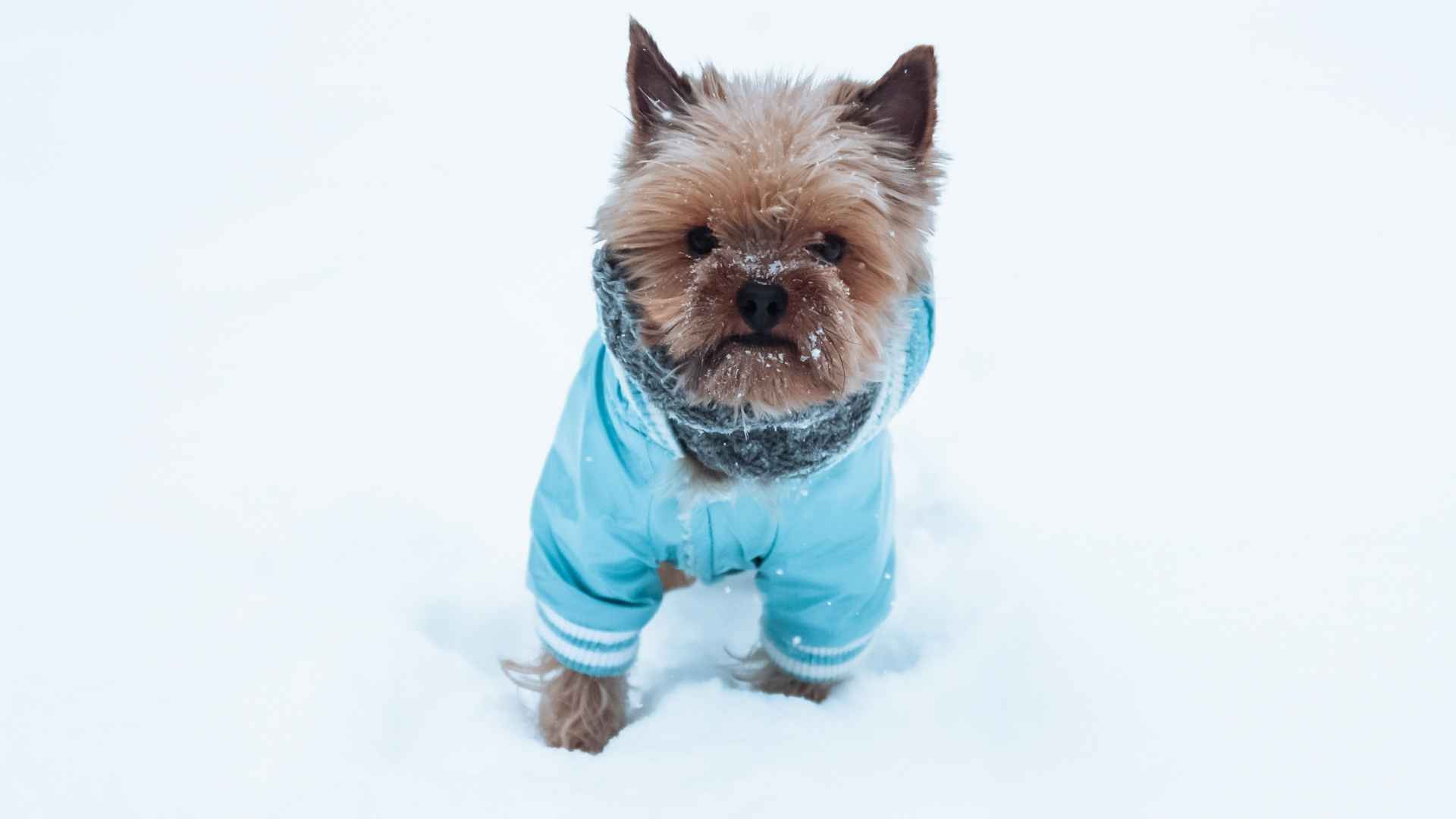You throw on a hoodie, maybe double up on socks, and brace yourself for the cold. But what about your dog? We tend to think they’re built tough just because they have fur, but the truth is, not all dogs handle cold the same.
Some start shivering the moment a breeze hits. Others just sit frozen—literally. It’s easy to miss the signs, especially if your dog isn’t vocal about it. Cold weather isn’t just a minor discomfort for them—it can lead to real health issues.
Dogs can get frostbite, hypothermia, or even joint problems if left exposed too long. And it’s not just small or short-haired dogs either—some large breeds suffer too. If you’re living somewhere cold or planning winter activities with your pup, this isn’t something you can ignore.
In this article, we’ll break down the dog breeds that are most sensitive to cold weather and explain exactly why they need extra care.
Dog Breeds That Are Sensitive To Cold Weather
1. Chihuahua
Chihuahuas are famously small, and that compact size makes them more vulnerable to cold temperatures. With little body mass and a thin coat, they have a harder time staying warm compared to larger breeds. Their delicate physique means they often seek warmth from their owners or cozy spots in the home.
Not built for harsh climates
Originally bred in warm climates, Chihuahuas don’t fare well in extreme winter weather. Even short outdoor strolls in chilly conditions can make them shiver. They may require extra care, like protective sweaters or blankets, during colder months.
Lack of insulation
The lack of a thick coat and body fat means Chihuahuas are highly susceptible to the cold, making it crucial to watch for signs of discomfort, as per PetMD. Their tiny bodies lose heat faster, so during the colder season, you’ll find them cuddled up more often than usual, especially when temperatures drop.
Keeping them comfortable
For Chihuahuas, staying warm is essential for both their comfort and health. They may not enjoy the cold, but with a little extra care and proper layering, they can still enjoy short walks without getting cold.
2. Basenji
The Basenji’s short, fine coat offers little protection against the elements, making it particularly vulnerable to cold weather. While this breed is known for its hunting instincts and independence, its thin coat does not provide insulation. This means they can quickly feel the chill when temperatures drop.
Struggling with freezing weather
Basenjis are not built to tolerate cold weather for long periods. Their lack of a thick, protective coat means they may have difficulty retaining body heat in freezing weather, as stated in Orvis.
While they might enjoy short bursts of outdoor play, they should be monitored closely in the winter months to avoid discomfort.
Energy and body heat loss
Their high energy often results in them running around, but once they slow down, their sensitivity to the cold becomes more evident. Prolonged exposure to low temperatures can leave them vulnerable to chill.
Adaptations for warmth
During colder months, Basenjis rely heavily on indoor warmth and may prefer to curl up in blankets or by a heater. Without a thick coat to buffer against the cold, they need extra care and layering when outside to stay comfortable.
3. French Bulldog
French Bulldogs, with their short coats and compact build, are particularly sensitive to cold climates. Their flat faces and stocky bodies contribute to limited air circulation, making them more prone to temperature-related discomfort. These small dogs require extra protection during colder months, especially when stepping outside.
Low tolerance for the cold
Originally bred for companionship in warmer climates, French Bulldogs don’t fare well in cold weather. Their minimal undercoat leaves them exposed to the chill, so it’s important to dress them in dog coats or sweaters before taking them outdoors. Even a short exposure to cold temperatures can leave them shivering.
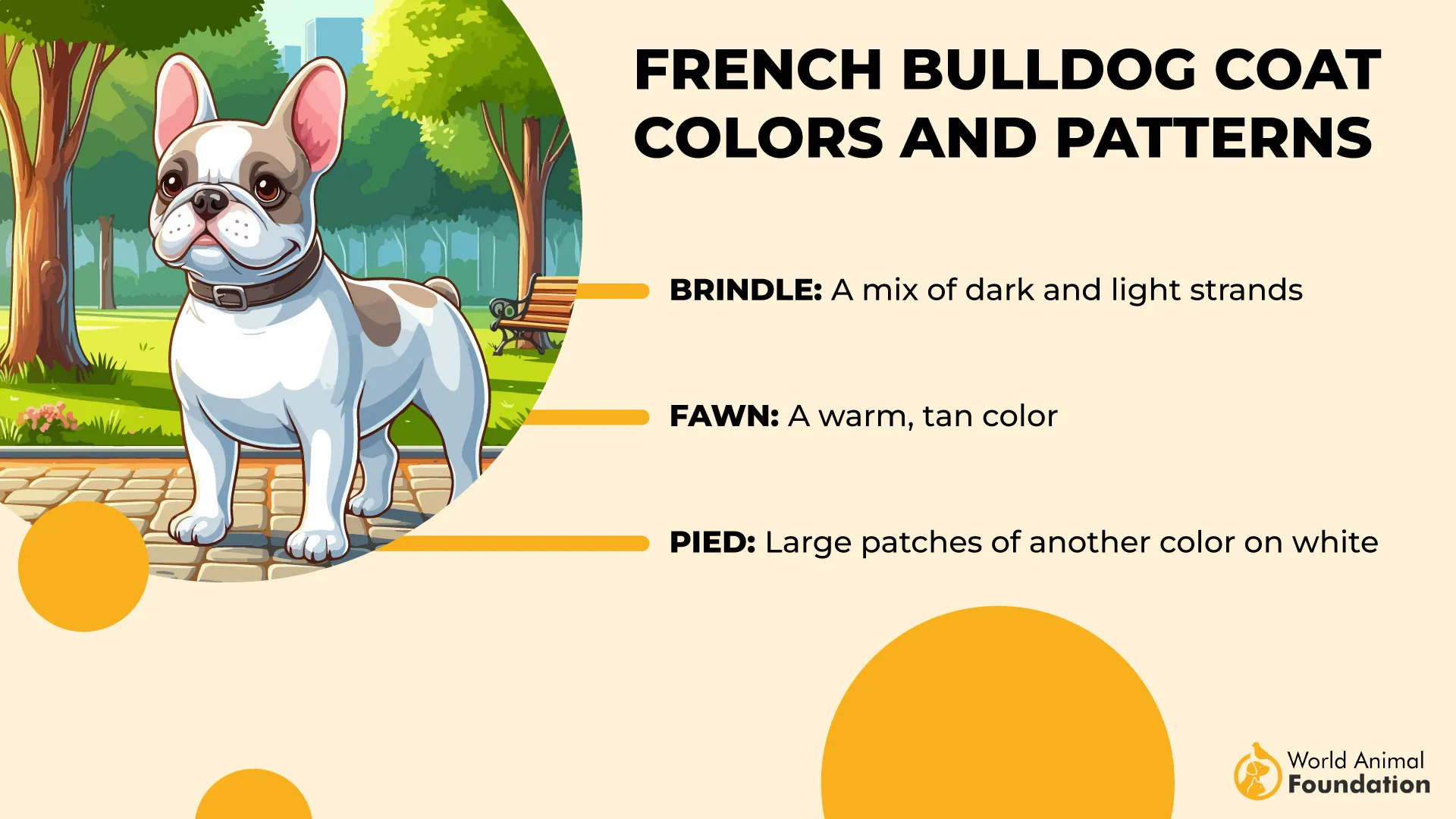
Need for warmth indoors
While French Bulldogs thrive in cozy indoor environments, their sensitivity to the cold makes them more reliant on warmth inside the home. Indoor play and lounging under blankets are key to keeping them comfortable when the temperature drops. They tend to be less active in winter, preferring the warmth of a lap or a soft bed.
Vulnerable to respiratory issues
Their brachycephalic (flat-faced) nature adds another layer of vulnerability in cold weather. When exposed to extreme cold, their breathing can become more labored, making it difficult for them to stay active outside, as mentioned in the AKC.
4. Greyhound
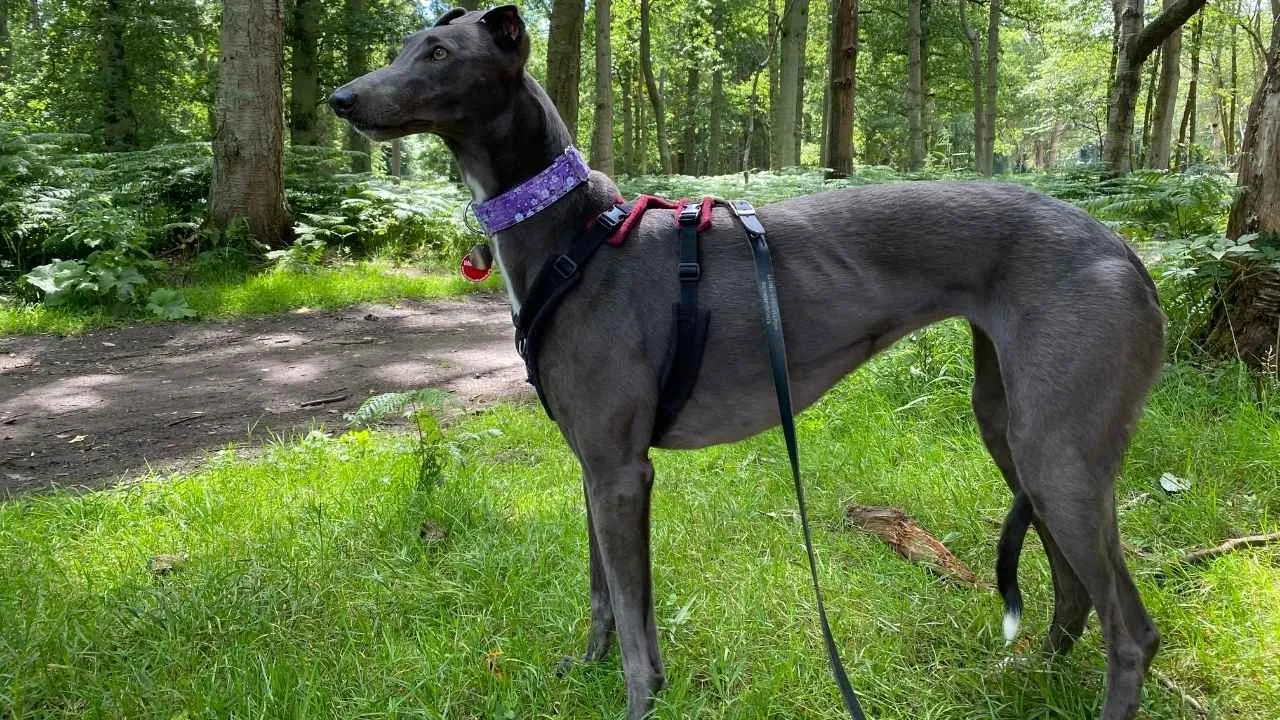
Greyhounds are built for speed, not for cold, and their sleek, short coat offers little insulation. While they have a graceful and aerodynamic physique, it leaves them with less protection against the cold.
When mercury dips, these dogs are more vulnerable than many other breeds to chilly conditions, requiring extra warmth during winter outings.
Low body fat and fast metabolism
Greyhounds have low body fat and a fast metabolism, which can make it harder for them to regulate their body temperature. Despite their ability to run at incredible speeds, they don’t fare well in freezing temperatures. When the weather is too cold, they might shiver or seek shelter in warmer spots indoors.
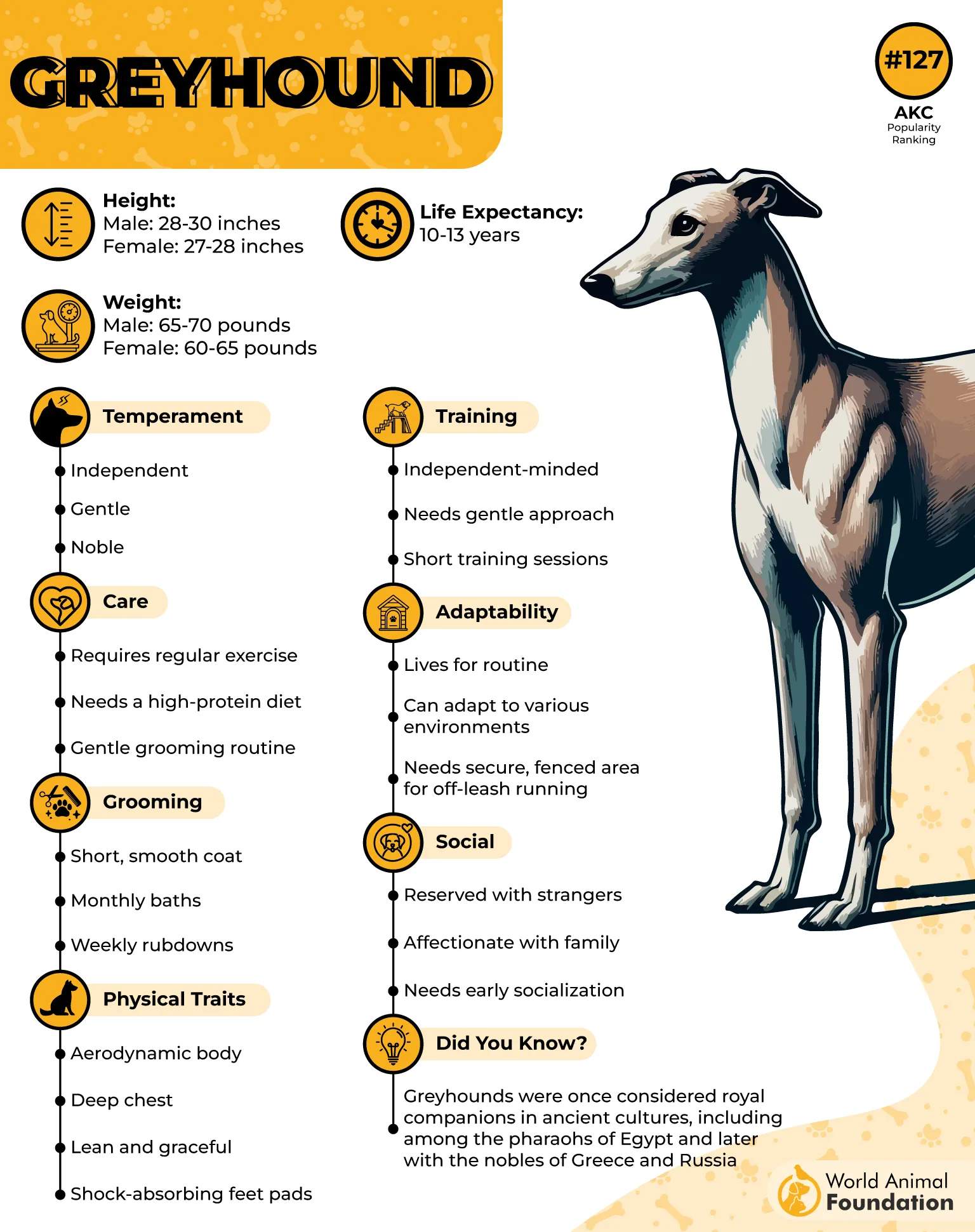
Not naturally suited for cold climates
Greyhounds were originally bred for hunting in milder climates, making them poorly suited to extreme cold. The thinness of their coat doesn’t provide much protection, and without a thicker layer of fur or fat, they are quick to feel the effects of cold weather. In fact, they are often seen wearing coats or sweaters during winter walks.
Need for warmth and comfort
To keep Greyhounds comfortable in the colder months, a well-fitted dog sweater or coat is essential. Even with moderate temperatures, they will appreciate the extra layer, as it helps keep them warm and reduces the risk of cold-related health issues.
5. Pug
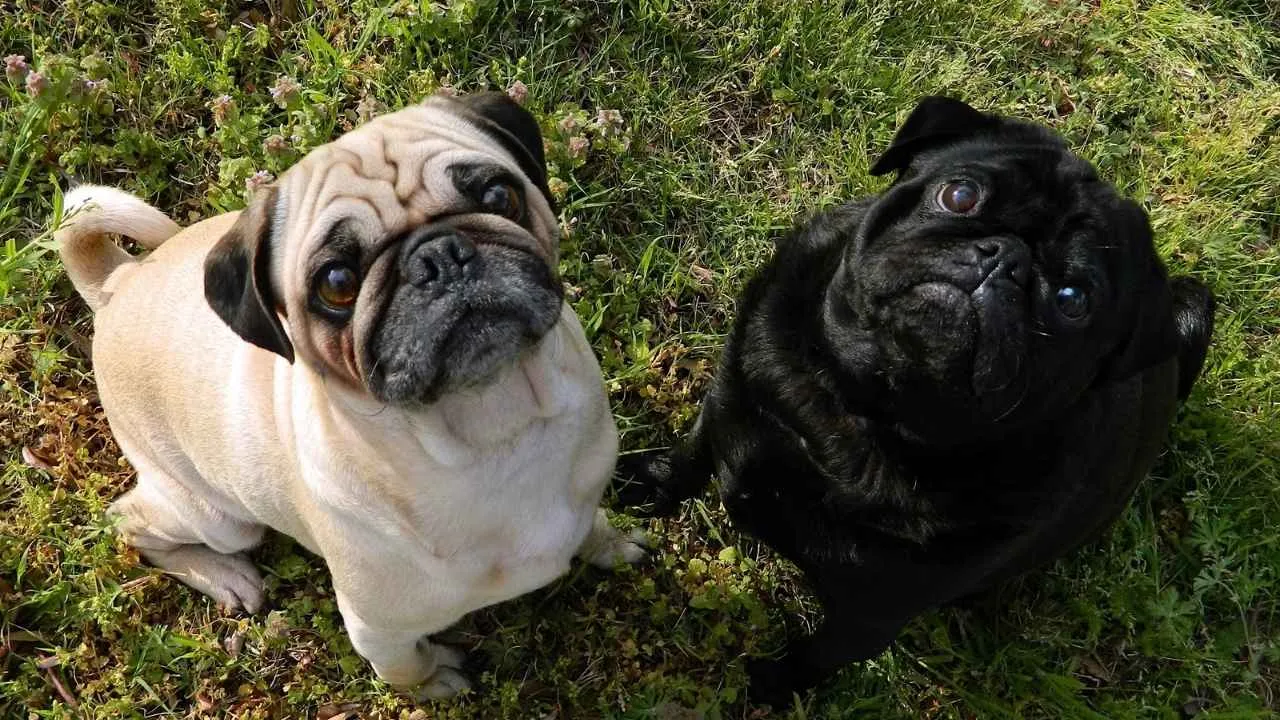
Pugs struggle with temperature regulation due to their brachycephalic (flat-faced) structure. Their narrow nasal passages don’t allow enough warm air to circulate efficiently. As a result, they get cold faster and often breathe heavily even during mild activity in chilly weather.
Short coat, minimal protection
With a short, thin coat and no undercoat, Pugs don’t have natural insulation against the cold. Even a small drop in temperature can make them visibly uncomfortable. They’re often seen curling up near heaters or tucked under blankets at home.
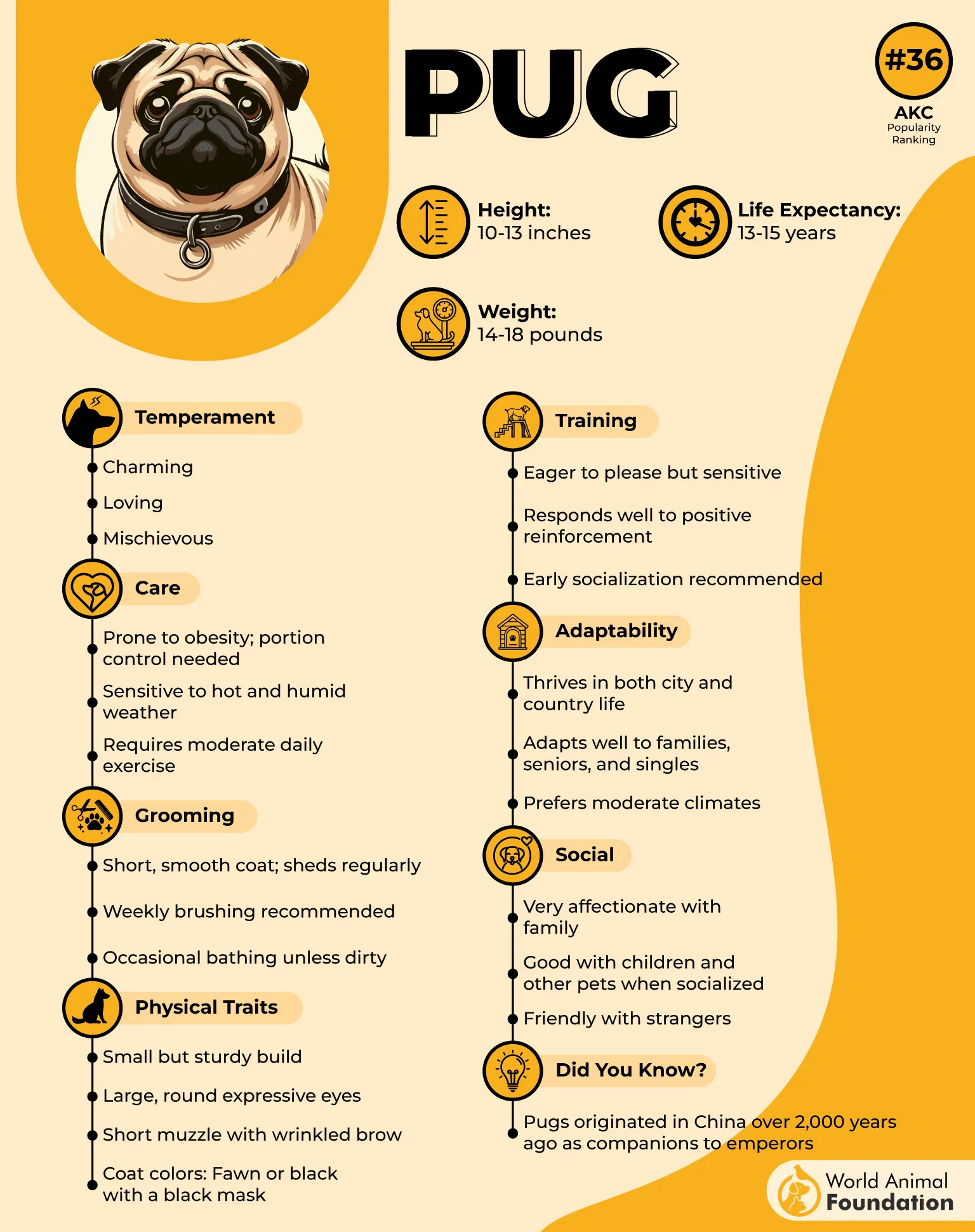
Joint discomfort in the cold
Cold air can make Pugs’ joints stiff, especially in older individuals who may already deal with joint sensitivity. You might notice slower movement or reluctance to walk on cold surfaces. A warm indoor environment helps ease this discomfort significantly.
Low tolerance for extended exposure
Pugs tire quickly in colder settings and shouldn’t be left outside for more than a few minutes. Their compact frame and respiratory structure make it difficult for them to retain body heat. Frequent indoor breaks are necessary during colder outings.
6. Yorkshire Terrier

That glossy, floor-length coat may look luxurious, but it doesn’t offer the warmth of a double-layered fur. Yorkies lack an insulating undercoat, which means their bodies lose heat quickly. Grooming trims can make it even harder for them to handle cool air indoors or out.
Small frame, big chill factor
Weighing just around 4 to 7 pounds, Yorkshire Terriers are too lightweight to retain body heat effectively. Their size makes them especially prone to shivering, even during brief exposure to mild drafts or damp conditions. Cold floors alone can make them visibly uncomfortable.
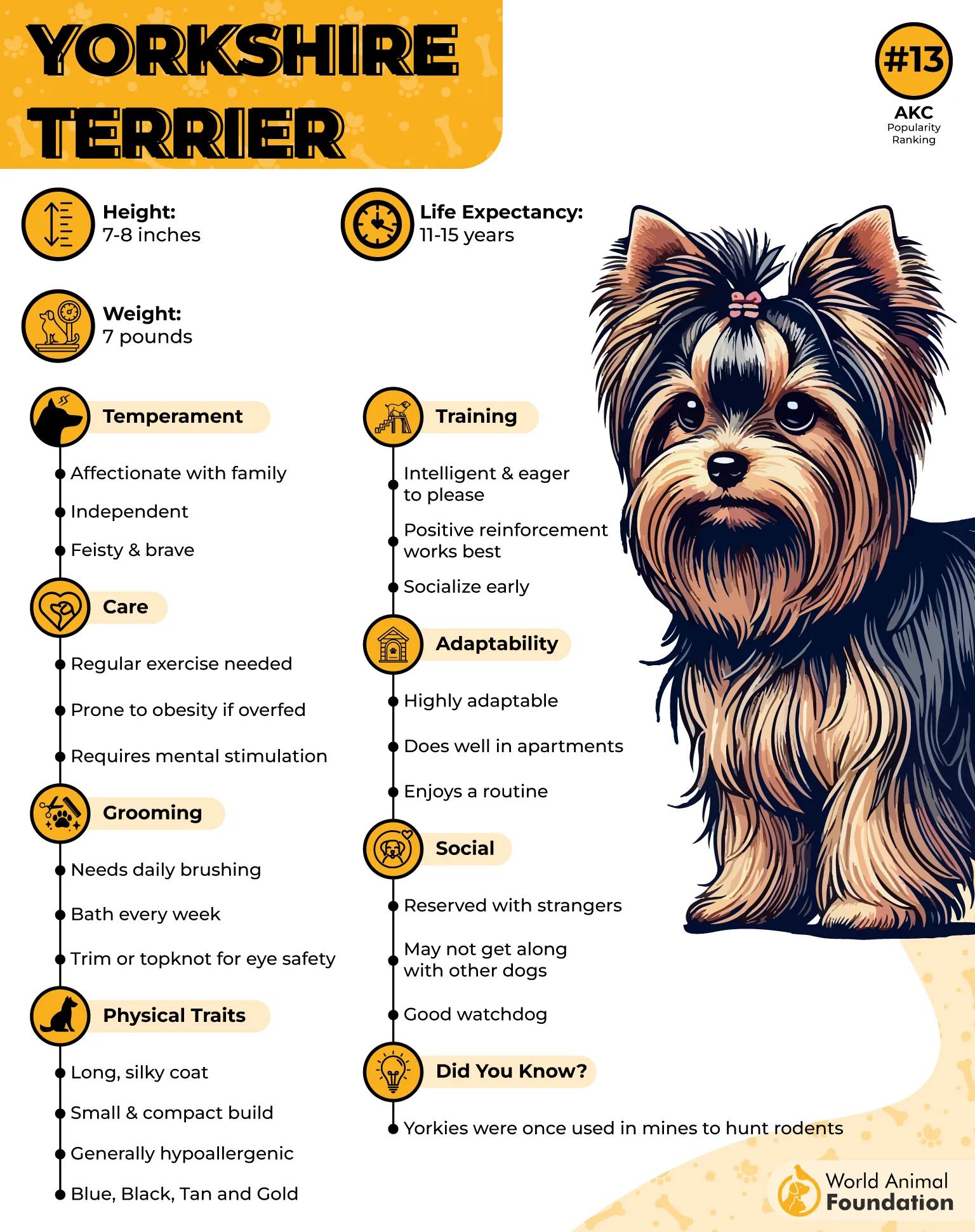
High metabolism, fast heat loss
Yorkies burn energy fast, but their metabolism doesn’t help much in staying warm when temperatures drop, as per Yorkie Gram. They often seek out heat sources—blankets, sunlit spots, or even warm laundry. Without protection, their small bodies react quickly to even moderate temperature dips.
Routine changes in colder months
In colder seasons, even their daily routines need adjustments. Early morning or evening walks become tricky, and many Yorkies resist going outside altogether. Owners often shift playtime indoors and rely on warm clothing to help reduce cold-related stress.
7. Miniature Pinscher
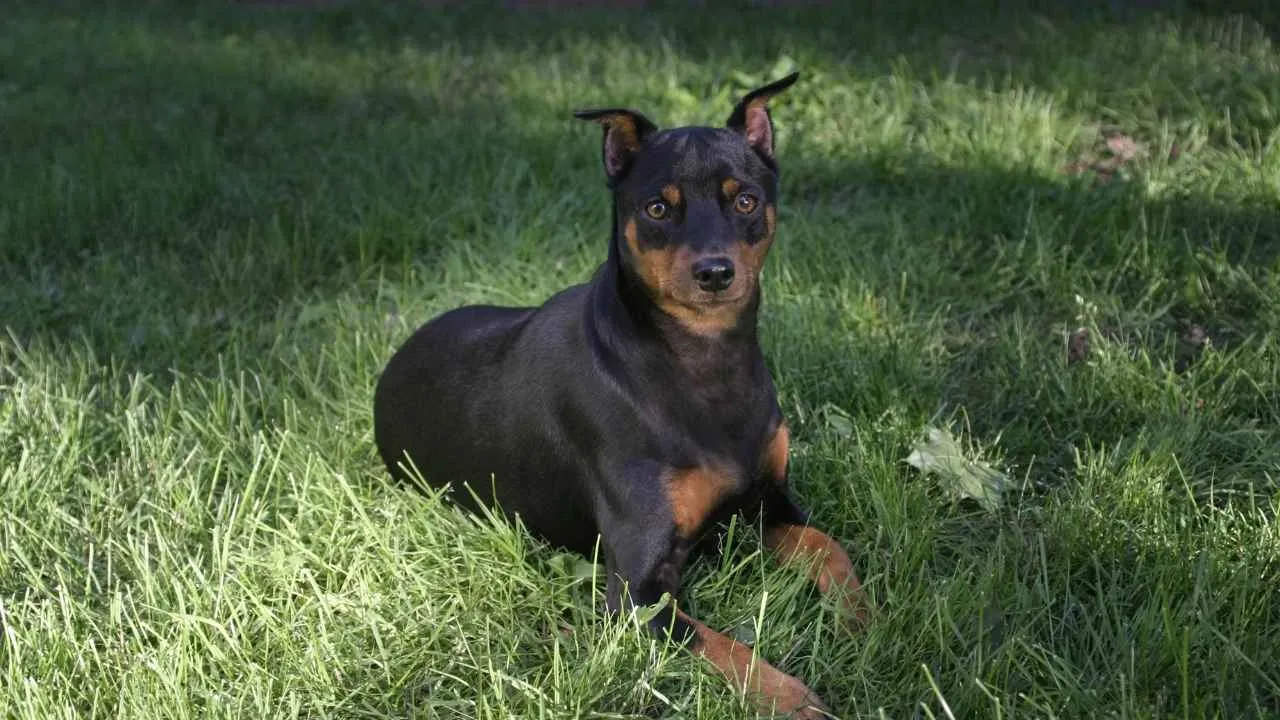
The Miniature Pinscher’s slender frame and tight skin mean they have minimal natural insulation. With such low body fat and a short, smooth coat, they lose warmth quickly. This makes them one of the breeds that feel the chill even during mild temperature drops.
Constant motion doesn’t equal warmth
They’re known for their nonstop energy, but movement alone doesn’t keep them safe in cold air. Their fine coat doesn’t trap heat, and their paws are sensitive on frosty surfaces. Even quick outings in cold air may require protection.
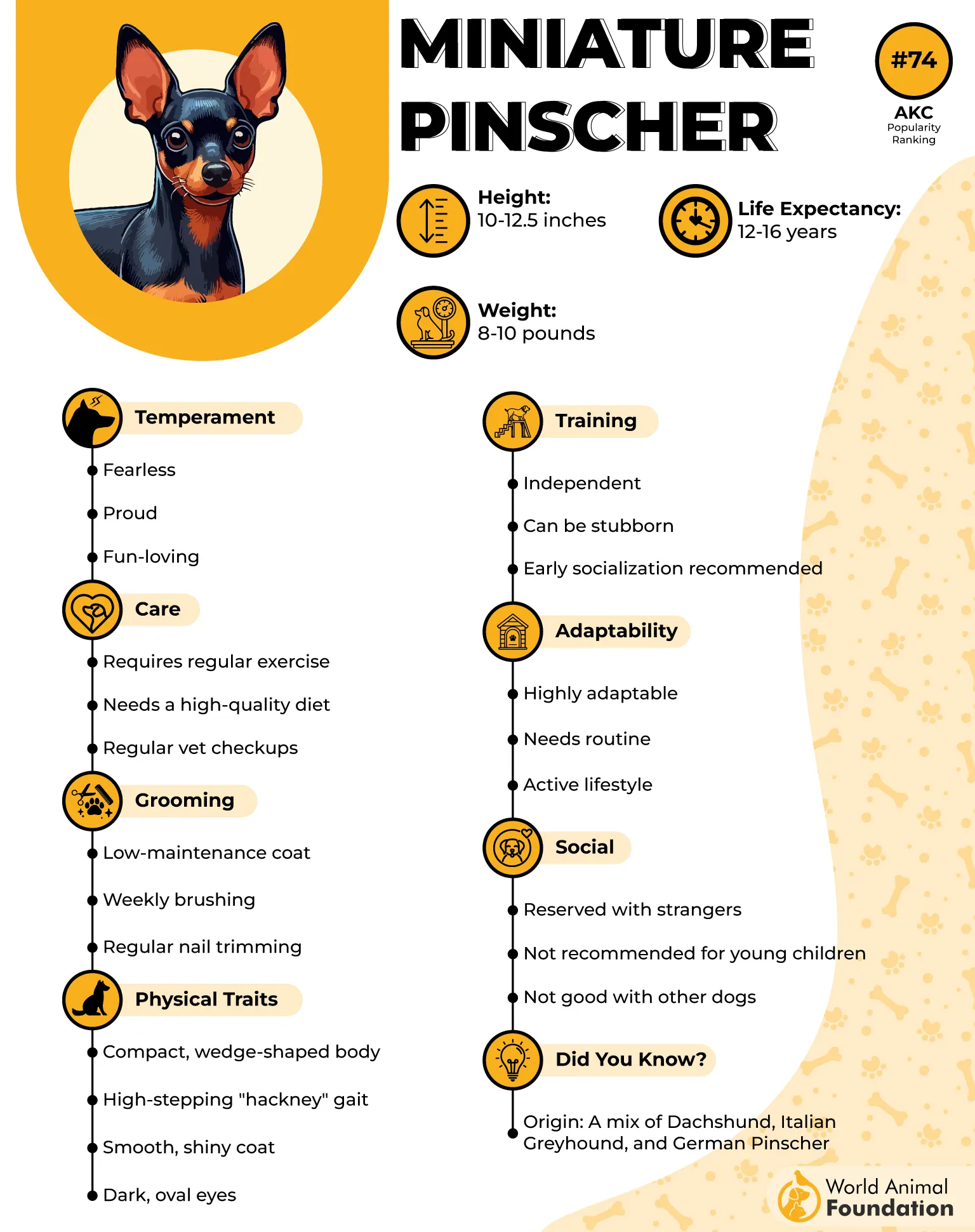
Indoor habits shift with the weather
Min Pins tend to seek elevated or shielded spots indoors during colder months. They often curl into tight balls or burrow under blankets when temperatures dip. You’ll likely find them clinging to sunlit patches on the floor or nestling in laundry piles.
Clothing isn’t optional—it’s essential
For this breed, a fitted jacket or knitwear isn’t about fashion—it’s about comfort and protection. Without proper gear, their ears and limbs chill rapidly. Owners often keep extra layers handy, especially during colder days or windy evenings.
Conclusion
Winter weather may bring joy to some breeds, but for others, it’s a real threat. Without much insulation or a double coat, cold-sensitive breeds like the Basenji or Pug can’t tolerate chilly temperatures.
These dogs often lose body heat rapidly, especially when left to face the elements. While outdoor exposure should never be eliminated entirely, it must be managed with care—limit walks, dress them warmly, and keep a close eye on signs of distress.
Unlike breeds with natural protection, these pups rely on their humans for safety and comfort. Knowing your dog’s needs can turn cold months into cozy ones—because no dog should shiver through winter.


